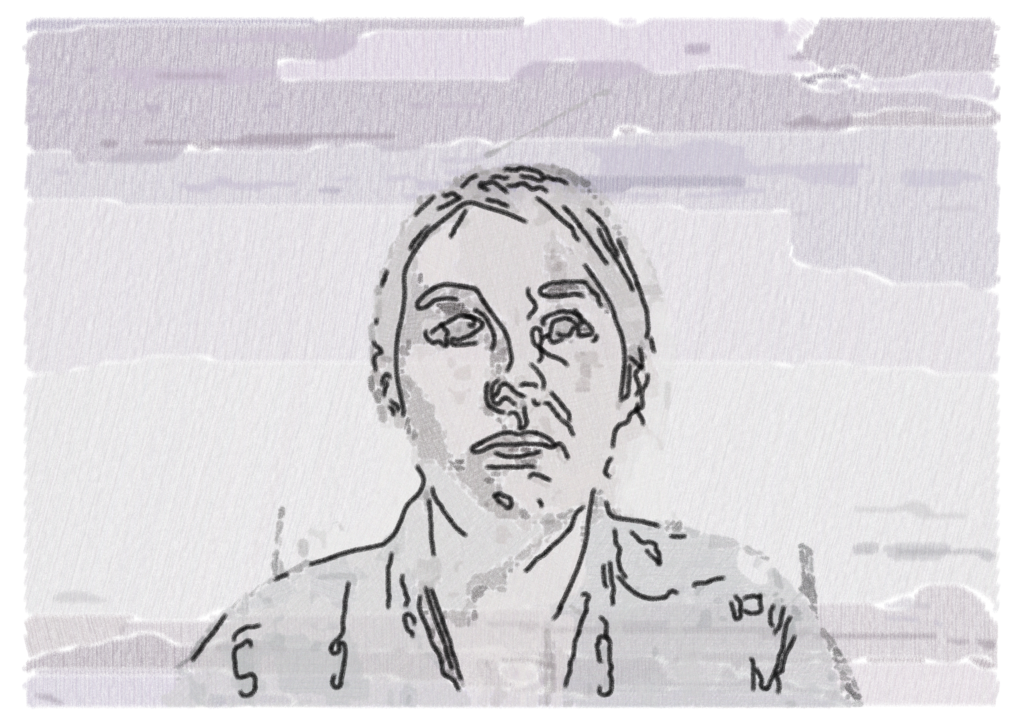
AN ARTIFICIAL Intelligence (AI) programme that paints pictures based on people’s brain scans and dreams has begun work at Cardiff University.
The programme, called the Painting Fool, works by being fed information which it then visualises to create a painting. It has previously painted works based on digital photographs, tweets and people’s facial expressions.
It is currently housed at the Cardiff University Brain Research Imaging Centre (CUBRIC), where it analyses brain scans and dream reports, taking words and colours from the reports and scans to create the art.
It is currently producing one painting per day, and it works will then be shown to the public at the end of the year.
The programme was created by Goldsmiths University researcher Professor Simon Colton in 2006 and has travelled across the UK producing and showing the artwork it creates.
Prof Colton said: “A main aim of The Painting Fool project is for it to be taken seriously as an artist independent of any human involvement, especially mine, and this will be the first serious test of how close we are getting to success in this respect.
“But more than this, the project will lead to wonderful new artworks through which we hope there will be better public engagement and outreach highlighting the awe-inspiring work going on in CUBRIC, and the real benefits to medicine and society that their work is bringing.”
Prior to setting up in CUBRIC, the Painting Fool held an exhibition titled ‘You Can’t Know My Mind’, where a photo booth was set up to take people’s portraits. It then read news articles and created vivid imagery based on key words from the news pieces.

The Painting Fool’s stay in CUBRIC is being funded by the Wellcome Trust, a biomedical research charity that funds innovative research methods in medical science.
Cariad Sealey, 25, a staff member at CUBRIC said: “The AI looks at many aspects of CUBRICs work, and uses the themes and ideas to create vivid pieces. It’s a really great way to synthesise art and science.
“It’s an excellent avenue for public engagement, the imagery and symbolism that it produces can make CUBRIC’s work appeal to members of the public who have an interest in what we do and also helps our researchers look at the complex science in a more organic and abstract way.”
Professor Derek Jones, Director of CUBRIC, said: “We’re very excited to be hosting the world’s first virtual artist in residence. And it’s fitting that as the home of some of the world’s most sophisticated neuro-imaging equipment we should collaborate with a unique computer artist that is pushing the boundaries of computational creativity research.”




